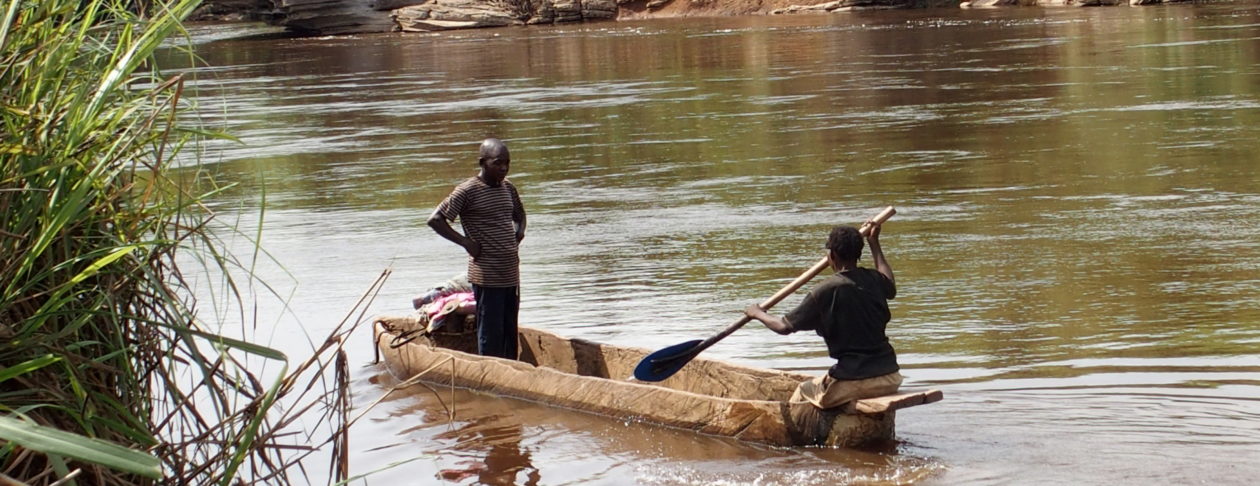by C. Morris, Apr 12, 2025 in WUWT
Geothermal power stations are mature technology with proven performance, reliable operation and ideal for baseload generation. The units are synchronous, so they support the grid. The production from them is considered by most to be renewable. They do not use fossil fuels to provide the heat. It is not “carbon free”, but no generation truly is. It has a relatively small footprint, environment harm is low, and it can coexist with farming or industrial development. Most developments have a cheaper energy cost than onshore wind, using published accounts for analysis. For countries or areas where the resource is there, geothermal generation is very viable.
The resource
Geothermal power stations are very much a niche generation source (only about 15GW worldwide, from 673 units at 198 fields according to Google), totally dependent on locality. They are mainly associated with plate boundaries, particularly the Pacific Ring of Fire. Compare the plate boundaries and volcanic activity in Figure 1 with station locations in Figure 2
Associated with the plate boundaries and other weak points in the earth’s crust, the deep underlying heat in the mantle can find its way to the surface easier. “Bubbles” of magma can push up to relatively shallow depths. These may force their way to the actual surface as volcanoes with their lava. With the distortion and earth movement from this activity, the crust’s rock formations are deformed and cracked – earthquakes. Groundwater can enter all the fault cracking in the rocks. This will be heated up by the hot magma, even if that has solidified.
Geothermal resources exploited for power production are the plumes of hot water formed from the heating of this deep groundwater. In geologic terms, such convection systems are short lived – generally lasting between 200 and 450 thousand years. They end because the heat source has gone or the cracking has been filled by precipitated minerals from the circulating water as it cools. The world is full of solidified magma (granite) and prehistoric geothermal systems. Many of the latter are now mined for gold and other precious materials.

